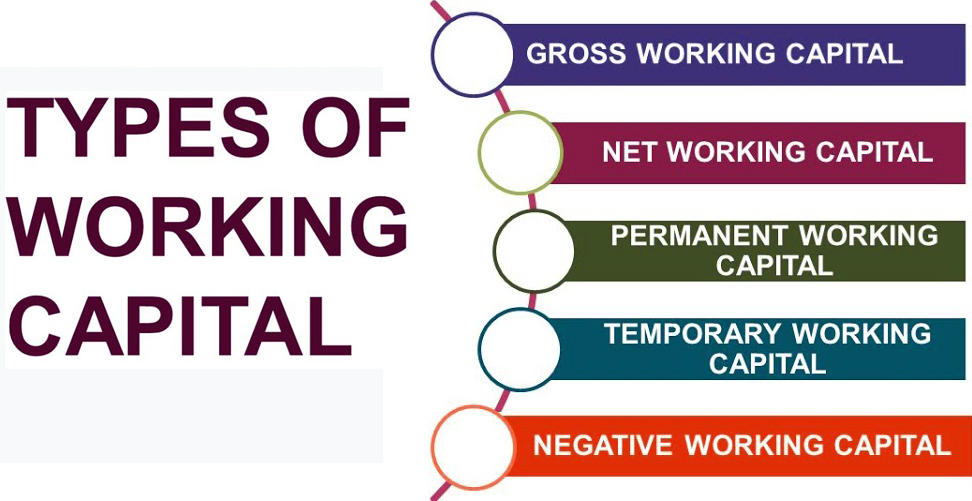Capital Management Basics
Investment Capital management is the professional management of assets including shareholdings, bonds, and other assets. This type of management meets investment goals and benefits investors. There are several different types of investment management. Each type of management has its benefits and disadvantages. Understanding them is crucial to the success of your company. Let’s look at some of them.
Working capital ratio
A working capital ratio is a crucial tool in the management of a company’s short-term assets and liabilities. It measures a company’s ability to meet current obligations, such as paying employees, vendors, and keeping the lights on. A higher working capital ratio indicates that a company has a greater ability to meet its short-term obligations. A lower working capital ratio, on the other hand, indicates that a company’s cash flow is tight. Working capital ratios are also used to help investors and business owners see if a company is financially healthy and well-capitalized.
A negative working capital ratio indicates that a company is unable to meet its obligations. A positive working capital ratio indicates that the firm has a surplus of cash, but it does not always mean that it will be able to pay its debts in the short term. A large working capital ratio can also indicate that a company has an excessive inventory or a stagnant business. To better understand working capital, it is helpful to use supplemental ratios.
A high working capital ratio can also indicate that a company is hoarding its cash or investing it in growth instead of paying its bills. In general, a working capital ratio of 1.2 to two is considered ideal. However, this ratio will vary from industry to industry. A good working capital ratio will not only help you assess the current state of your company’s finances, but will also help you make better decisions for your business.
Another key to understanding your working capital is understanding your current assets and liabilities. Your inventory and accounts payable will be included in your working capital ratio. Accounts payable is a financial liability and includes any payments owed to suppliers and tax authorities. Short-term debts such as bills may also be included in this category.
Using a good working capital management system can help a company increase its liquidity and make better use of its assets and resources. It can also help a company reduce its reliance on debt, strengthen its balance sheet, and improve its operational performance. In addition, it can help a company build greater value through acquisitions and mergers. Investors generally take a good working capital ratio as a sign of good management and can help a company make smart financial decisions.
Quick ratio
The Quick ratio is one of the most important measurements used in capital management. It measures a company’s ability to meet short-term obligations by dividing quick assets by current liabilities. Potential creditors and investors want to know whether a company can repay its debts and weather any financial storms.
The quick ratio measures a company’s ability to fulfill obligations if it cannot liquidate its inventory. In this scenario, it must pay current liabilities out of cash and accounts receivable. An ideal quick ratio is approximately 1:1. Therefore, analysts need to take into consideration the current ratio of their own company and the industry average to arrive at an accurate measurement. Seasonal businesses tend to experience fluctuations in current assets and liabilities. In addition, it is important to consider seasonal fluctuations when using the Quick Ratio. As long as the company pays its liabilities early, it will maintain a high denominator in the Quick Ratio.
The Quick Ratio is a powerful tool for investors. It shows investors whether a company is ready to repay current liabilities and is a good candidate for investment. In some cases, companies may encounter problems paying short-term liabilities, such as when a customer doesn’t make a large payment. However, they may be able to meet these expenses without incurring more debt. A company that has a high quick ratio has greater liquidity than one with a lower ratio.
While the Quick Ratio is a useful tool to evaluate a company’s liquidity, the formula is not complete. A company must have all of its assets and liabilities on its balance sheet. It should also be used in conjunction with other liquidity ratios. Companies should also consider the impact of accounts receivables on the Quick Ratio. Having too many accounts receivables can have adverse effects on the formula.
In the context of capital management, the Quick Ratio measures a company’s ability to pay current obligations. Lenders and investors alike are more likely to invest in a company with a high quick ratio because it demonstrates its ability to meet its short-term obligations. It also demonstrates a company’s overall competence and performance, which will lead to sustainable growth.
Inventory turnover ratio
An inventory turnover ratio enables companies to understand how quickly they are depleting their stock and adjust their purchasing strategy to respond. A high ratio indicates a strong sales cycle, but low inventory turnover means a declining market demand. It also helps companies decide if they need to increase prices or diversify their suppliers. Additionally, it can help them determine whether to buy additional inventory. Inventory turnover can also inform material requirements planning, which aims to balance supply and demand. A high ratio indicates strong sales, while a low one means a weak economy and declining market demand.
Inventory turnover ratios are often calculated using cost of goods sold and average inventory. The cost of goods sold includes the cost of materials, labor, distribution, and sales force. It can also be calculated using the average inventory value of a particular period. A company’s inventory turnover ratio can vary significantly depending on the type of product. Some products turn over 10 times during the year while others have no sales.
An inventory turnover ratio is a vital indicator in capital management. It tells the business owner how efficiently it sells its inventory and how many times it needs to replenish it. The higher the number, the more profitable a company will be. It can also help owners determine how to increase sales. However, it is important to note that inventory turnover ratio is only one metric. It is not a substitute for sales, but a key indicator of the success of a business.
Inventory turnover ratios can also help businesses understand their product cost structure. A business can make better decisions by using this information to improve their efficiency. In addition, inventory turnover ratios can help companies understand the effects of holding costs and poor product positioning. As a result, the ratio can aid in making more efficient purchasing decisions.
Another aspect of inventory turnover ratio is seasonality. During certain seasons, there are higher demand for certain products than others. Therefore, a business’s inventory level should increase or decrease in order to accommodate this.
Debt management
A debt management plan is a plan that helps you manage your debt and save money in the long term. It can include cutting unnecessary expenses, increasing employment income, and investing in the stock market. However, the process of achieving your goals requires discipline and perseverance. For this reason, many people hire professionals to help them create a personal financial plan. Once you have one, you need to monitor your progress and make necessary adjustments when necessary. For instance, short-term debt, usually less than three years, is appropriate for certain purposes and can serve as a bridge for capital needs.
This will help ensure transparency and credibility, and ensure that staff members understand how to effectively manage the debt. Once you choose a debt management plan, a debt counselor will contact your creditors on your behalf and attempt to negotiate lower interest rates and fees. You will have to pay a set up fee and monthly fees to your counselor, but this is typically less than $75. Depending on your circumstances, you may be able to negotiate a reduced setup fee.
While debt management plans are not a permanent solution, they can be an important part of your financial management. They can help you get your finances back on track and pay off your debt. Many debt management plans also include agreements with your creditors to waive late fees and reduce interest rates. In addition to being a great way to manage your debt, they may also help you improve your credit score.
Debt management plans can be beneficial in the long run, but it is crucial to have a proper budget before taking action. Choosing a debt management plan requires careful research, so be sure to do your homework. Many of the best ones are nonprofit and offer financial education and counseling from certified personal finance counselors.















